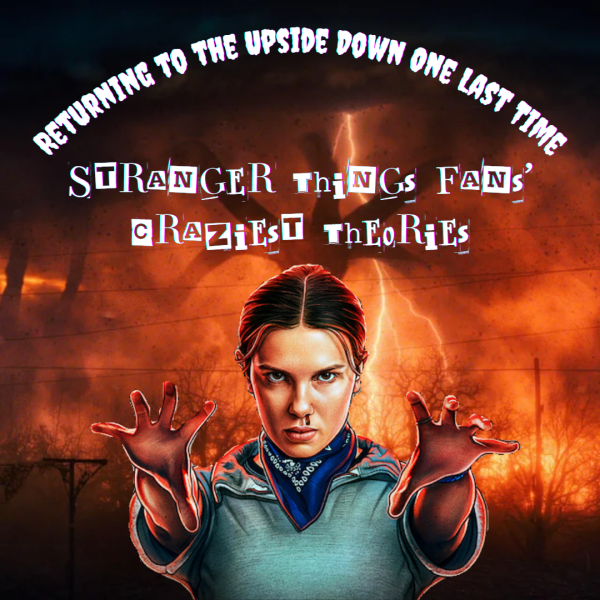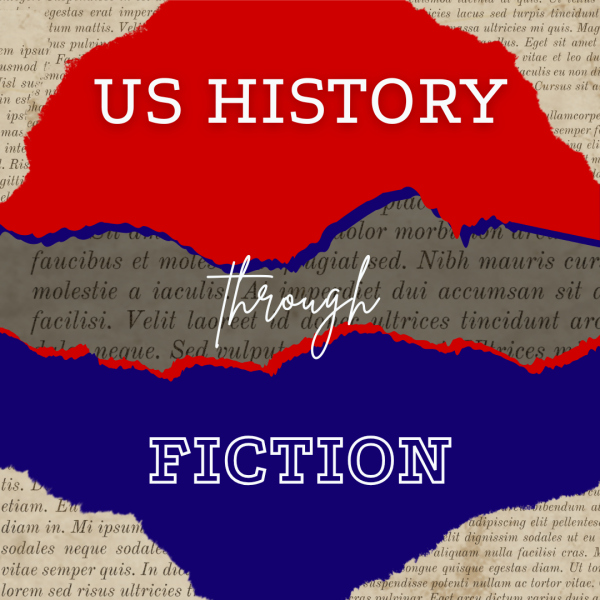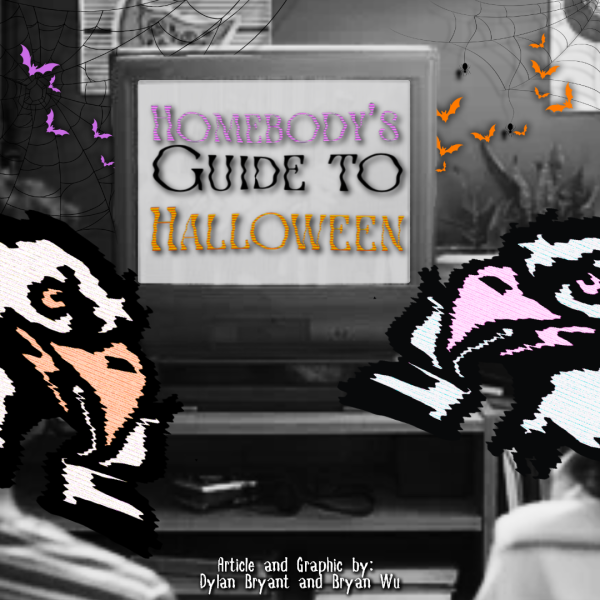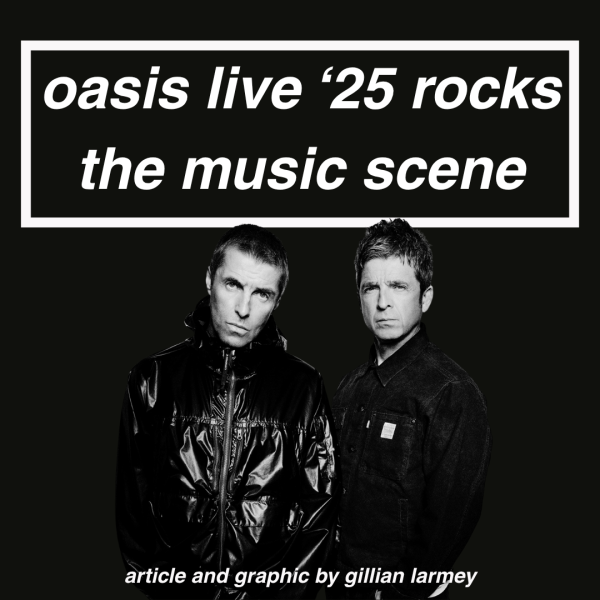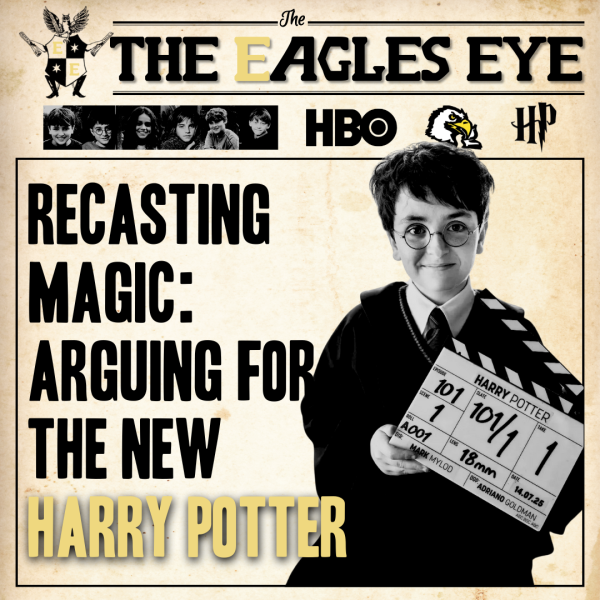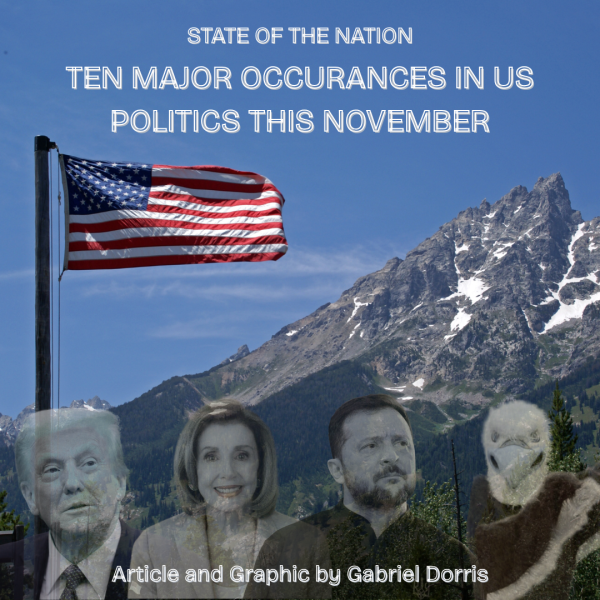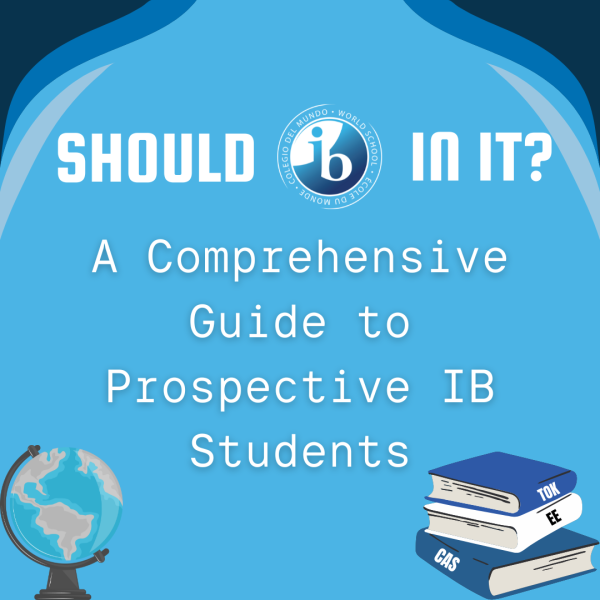Blonde, and the Danger of “True Stories”
When the first trailer for Blonde (2022) was revealed, it was met with near universal excitement. A movie based on the life of Marilyn Monroe filmed by a talented director and featuring an up-and-coming actress easily earned its anticipation, which it mostly deserved. Andrew Dominik delivered a technological marvel with inspired and impactful directing choices, not to mention Ana de Armas’s performance and makeup was so good that she was nearly indistinguishable from the real Marilyn. But herein lies the problem. Blonde is not accurate at all to Marilyn Monroe’s real life. Blonde is actually based on a novel by Joyce Carol Oates, which is best described as a dramatic fanfiction. While both the book and movie don’t directly present themselves as fact, they are still focused on a real person and framed around real events. Andrew Dominik uses the full scope of the NC-17 rating to graphically twist Marilyn’s life, including several scenes that are downright disgusting. The cruel irony of the film is that while criticizing the exploitation Marilyn faced, it thrives by doing the exact same thing.
There are often two attitudes towards Marilyn Monroe, each represented through the storytelling of Blonde. Joyce Carol Oates represents the people who see Marilyn as a damsel in distress, a facade for her birth name and true persona, Norma Jeane. In a 2000 interview for the New York Times, Oates describes writing Blonde not as a choice, but as “something that happened to [her], the same way [Marilyn’s] life happened to Norma Jeane.” This gives no credit to Marilyn, denying the fact that not only did she choose to change her name and become Marilyn, but that she, alone, carved her path through Hollywood. The reason we know her name is because she overcame the same scorn and diminishment that haunts her to this day.
The other attitude is that of Andrew Dominiks: An unreasonable, unyielding hatred that can only be described as blatant misogyny. While running promotion for Blonde, Dominik described Gentlemen Prefer Blondes (1953), which contains one of Monroe’s most broadly acclaimed performances ever as being about “well dressed wh*res.” Unfortunately, it’s an insult Monroe was familiar with in her lifetime, particularly when she ended some of her more prominent relationships. Perhaps the even greater insult is how Dominik portrays her death. Despite not having any proof, he pitches her death by drug overdose as purposeful, despite Monroe constantly speaking about her self respect and self worth in the face of childish insults. It’s far more likely that she didn’t realize the danger of her addiction until too late.
Not all movies based on a true story are quite as bad as this. The problem is that real life events, while compelling, are not as engaging as tailored stories. While the disclaimer that something is “based on a true story” acknowledges it isn’t exactly factual, it’s still dangerous to meddle with the legacy of real people. In The Blind Side (2009), Michael Oher is an African-American child adopted by a white family, who is taught football by his adoptive mother and makes it to the NFL. This prompted Oher to write a book condemning his portrayal, saying that he did in fact know how to play football. Fargo (1996) opens with the phrase “This is a true story,” and proceeds to tell a tale centered around a murderous and kidnapping fraud. In reality, the main character was simply a white collar scammer defrauding GMC. Whether it was intended or not, these movies shape, or even define, our interpretation of the world, making their fictional nature a liability. Many even find their way into textbooks and school curriculums. When asked about the circumstances of Monroe’s death, the few Enloe students who knew about it cited suicide or even unfounded conspiracy theories.
In many cases, Hollywood’s reckless writing can further dangerous philosophies. From John Wayne as Genghis Khan to Johnny Depp as Tonto, Hollywood has had no issue with whitewashing characters traditionally portrayed as minorities or even real life figures. Not only is this harmful to the integrity of the work, but it perpetuates centuries of cultural erasure. This has often left marginalized people with a lack of recognizable role models, something Hollywood still has trouble dealing with. Even when these figures are present and accurately casted, they’re often subject to minimized roles and disingenuous writing. Green Book (2018), portrays a friendship between African American musician, Don Shirley, and his Irish-American bodyguard hired to drive him through the Deep South in the 1960’s. It took home Best Picture from the Oscars that year, despite Shirley’s relatives condemning the movie as a white savior dramatization of what was simply a work relationship.
Will Blonde be the last of these movies? Probably not. Unfortunately, as long as they keep making money, they’re unlikely to stop. However, maybe Hollywood can learn from this, and take better consideration for the real people whose stories they tell. In the meantime, be careful the next time you see a “true story.”
Your donation will support the student journalists of Enloe Magnet High School, allowing us to cover our annual website costs. We are extremely grateful for any contribution, big or small!

(He/him)
Wyatt is a senior who's super excited to return to the Eagle's Eye as Editor in Chief! He's a member of the Enloe Swim Team and will happily...


